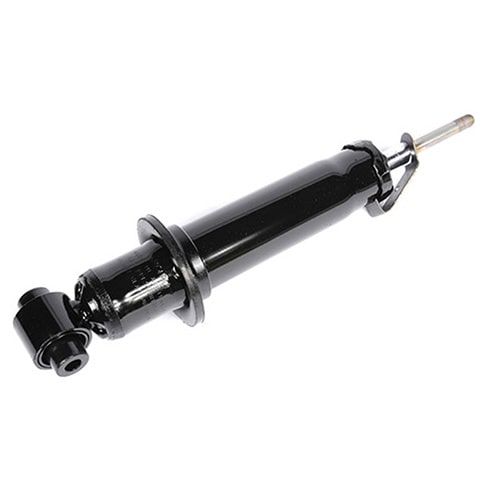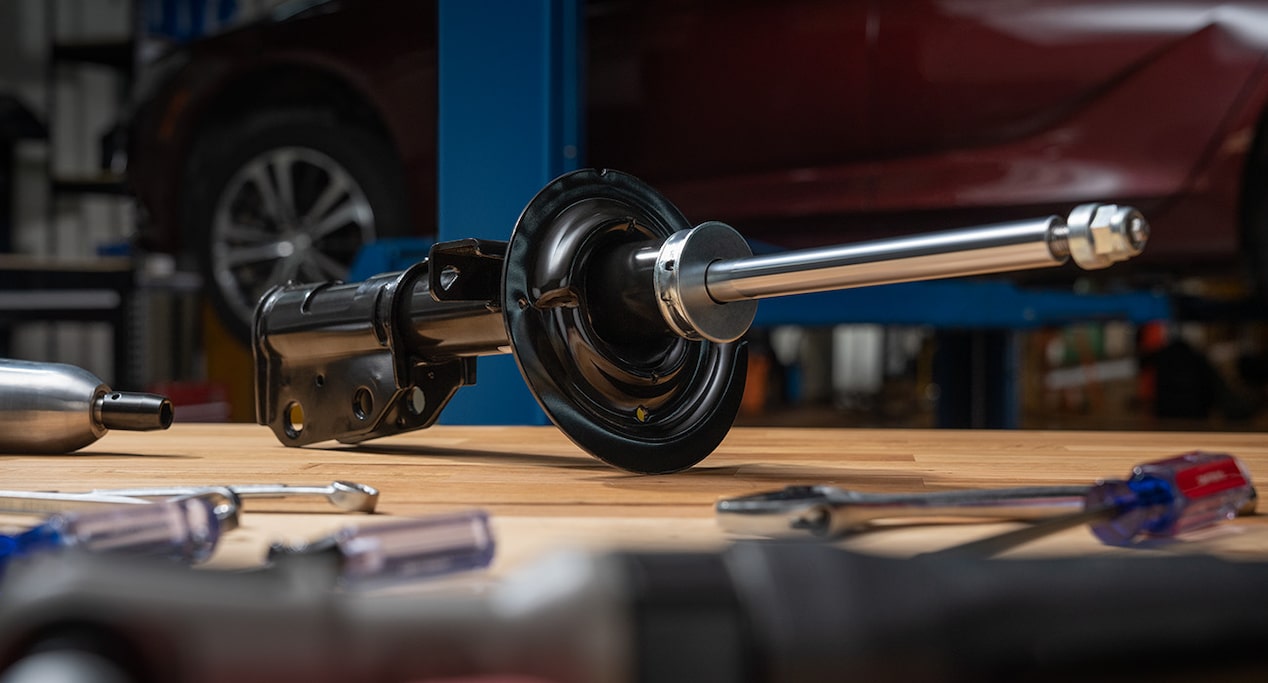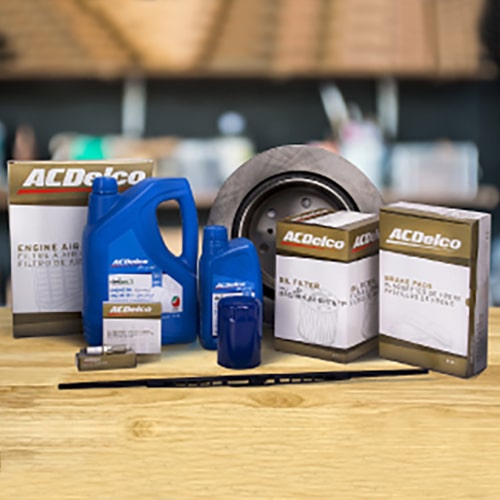SHOCKS AND STRUTS

ACDELCO GAS CHARGED SHOCK ABSORBER
ACDelco Gas Charged Shocks are a twin-tube option for your passenger car, van, SUV, or light duty truck. These gas charged shocks include super-finished chromed piston rods, an oil seal with integrated dirt wiper, durable piston valve assembly, and a drawn over mandrel (DOM) pressure cylinder. ACDelco Gas Charged Shocks tested to ensure vehicle fit and quality ride.

ACDELCO GAS CHARGED STRUT ASSEMBLY
ACDelco Gas Charged Struts are similar to standard shock absorbers, but have the added function of maintaining part of the suspension design. These struts include an upper and lower coil spring seat. The coil spring surrounds the strut tube and supports the weight of the vehicle.

AUTO PARTS WARRANTY
Most GM Genuine and ACDelco parts come with a 12-month limited warranty from the date of installation.
